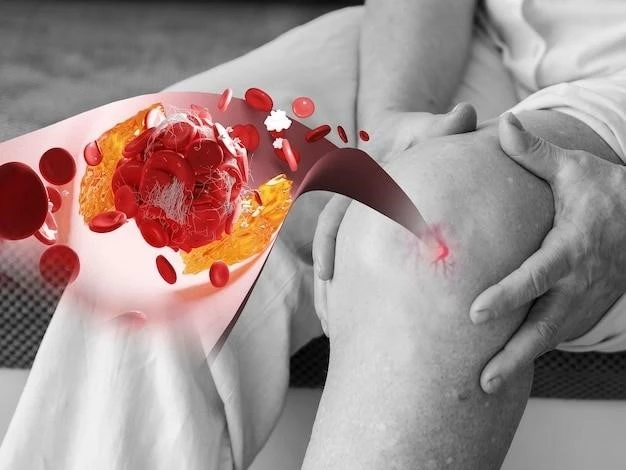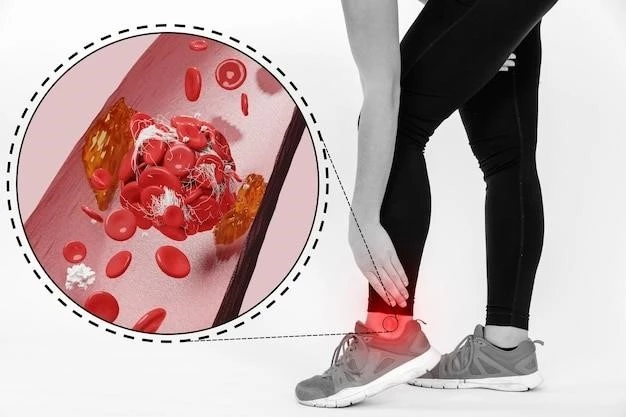Infectious Arthritis
Overview of Infectious Arthritis
Infectious arthritis, also known as septic arthritis, is a condition where a joint becomes infected by bacteria or a viral agent. This infection can lead to joint pain, swelling, stiffness, and damage if left untreated. It is crucial to diagnose infectious arthritis promptly to prevent long-term joint complications.
Individuals with infectious arthritis may experience symptoms such as joint swelling, fever, and inflammation. The condition can be caused by bacteria entering the joint through the bloodstream or from an external injury. In some cases, viral infections can also lead to viral arthritis, affecting the joints.
When a joint is infected, the immune response triggers inflammation to combat the pathogens present in the joint. This inflammatory process can cause pain, redness, and warmth in the affected joint. Prompt treatment is essential to prevent severe joint damage and complications.
Diagnosis of infectious arthritis involves a thorough examination, joint fluid analysis, blood tests, and imaging studies. Identifying the specific pathogen causing the infection is crucial for determining the appropriate treatment. Antibiotic treatment is often required for bacterial infections, while viral arthritis may require antiviral medications.
Prevention of infectious arthritis involves maintaining good hygiene practices, promptly treating any infections, and avoiding injuries that could lead to joint infections. With timely and appropriate treatment, many individuals with infectious arthritis can recover fully with minimal long-term joint damage.
Symptoms and Diagnosis
Infectious arthritis presents symptoms such as joint pain, swelling, stiffness, and fever. The affected joint may feel warm to the touch, and there could be redness or tenderness. Individuals with infectious arthritis may also experience difficulties moving the joint due to joint stiffness.
Diagnosing infectious arthritis involves a combination of physical examination, joint fluid analysis, blood tests, and imaging studies. During the physical exam, the healthcare provider will assess the affected joint for signs of inflammation, warmth, and fluid accumulation.
Joint fluid analysis is a crucial diagnostic tool where a sample of synovial fluid is extracted from the joint for analysis. This helps identify the type of pathogen causing the infection, whether it’s a bacteria or a viral agent. Blood tests can detect elevated levels of white blood cells and inflammatory markers.
Imaging studies such as X-rays, MRI, or ultrasound may be used to assess the extent of joint damage and to rule out other conditions that may mimic infectious arthritis. Prompt and accurate diagnosis of infectious arthritis is vital to initiate the appropriate treatment and prevent further joint complications.
Pathogens Involved
Infectious arthritis can be caused by various pathogens, with bacteria and viral agents being the primary culprits. Bacterial infections are a common cause of infectious arthritis, with pathogens like Staphylococcus aureus, Streptococcus, and Gonococcus often responsible for joint infections.
When bacteria enter a joint, they can trigger an inflammatory response and lead to joint damage if not promptly treated with antibiotic therapy; Viral arthritis, on the other hand, is caused by viral agents such as hepatitis viruses, HIV, and parvovirus B19, which can also infect joints and result in arthritis-like symptoms.
The type of pathogen causing infectious arthritis can influence the course of treatment and the prognosis of the condition. Identifying the specific pathogen through joint fluid analysis is crucial for determining the appropriate antibiotics for bacterial infections or antiviral medications for viral arthritis.
Understanding the pathogens involved in infectious arthritis is essential for healthcare providers to tailor the treatment to target the specific pathogen causing the joint infection. Prompt and accurate identification of the pathogen is key to effectively managing infectious arthritis and preventing long-term joint complications.

Immune Response and Inflammation
When a joint is infected with bacteria or a viral agent, the immune system mounts a response to combat the invading pathogens. The immune response triggers inflammation in the joint, which is characterized by redness, swelling, pain, and warmth.
In infectious arthritis, the inflammatory process is a vital defense mechanism aimed at eradicating the infectious agents from the joint. However, excessive inflammation can also contribute to joint damage and stiffness if left unchecked. The balance between the immune response and inflammation is crucial for resolving the infection without causing undue harm to the joint.
Inflammatory cytokines and immune cells are mobilized to the infected joint to target and destroy the pathogens. While inflammation is necessary for fighting the infection, it can also lead to tissue damage and cartilage erosion if the inflammatory response is prolonged or uncontrolled.
Managing the immune response and inflammation in infectious arthritis involves a combination of treatments aimed at controlling the infection and reducing inflammation. Antibiotic therapy targets the underlying bacterial infection, while anti-inflammatory medications may be used to alleviate symptoms and prevent further joint damage.
Understanding the role of the immune response and inflammation in infectious arthritis is essential for healthcare providers to devise effective treatment strategies that address both the infection and the inflammatory process. By managing inflammation appropriately, healthcare providers can help minimize joint damage and improve outcomes for individuals with infectious arthritis.
Treatment Options
Treating infectious arthritis involves a multi-faceted approach to eliminate the underlying infection, manage symptoms, and prevent joint damage. The specific treatment regimen depends on the type of pathogen causing the infection, whether it is bacterial or viral in nature.
For bacterial infections, antibiotic therapy is the cornerstone of treatment. Prompt administration of antibiotics targeting the specific bacteria responsible for the joint infection is essential to eradicate the pathogen and prevent further joint damage. In some cases, joint drainage may be necessary to remove infected fluid.
In cases of viral arthritis, antiviral medications may be prescribed to combat the viral agent and alleviate symptoms. Alongside antiviral therapy, supportive treatments such as rest, physical therapy, and pain management may be recommended to help individuals manage joint pain and stiffness.
In severe cases of infectious arthritis where there is significant joint damage or if the infection is not responding to antibiotics, surgical intervention may be necessary to remove damaged tissue or debris from the joint. Surgery can help improve joint function and reduce the risk of long-term complications;
During the treatment of infectious arthritis, close monitoring by healthcare providers is crucial to evaluate the response to therapy, adjust treatment as needed, and monitor for any potential complications. Following the prescribed treatment plan and attending follow-up appointments are essential for achieving a successful recovery and minimizing the risk of recurrent infections.
Prevention and Outlook
Preventing infectious arthritis involves practicing good hygiene, promptly treating infections, and taking precautions to avoid joint injuries that could lead to infections. Maintaining overall health and immunity through proper nutrition and exercise can also help reduce the risk of developing infectious arthritis.
Individuals with existing joint conditions or compromised immune systems should take extra care to prevent infections that could lead to infectious arthritis. Seeking prompt medical attention for any signs of joint infection, such as pain, swelling, or redness, is essential to prevent the spread of infection to the joints.
The outlook for individuals with infectious arthritis varies depending on the severity of the infection, the timeliness of treatment, and the presence of any underlying health conditions. With prompt diagnosis and appropriate treatment, many individuals can recover fully from infectious arthritis with minimal long-term joint damage.
However, in cases where the infection is severe or if there is significant joint damage, the outlook may be less favorable, requiring more extensive treatment and rehabilitation. Close monitoring by healthcare providers and adherence to the prescribed treatment plan are crucial for achieving the best possible outcome for individuals with infectious arthritis.
